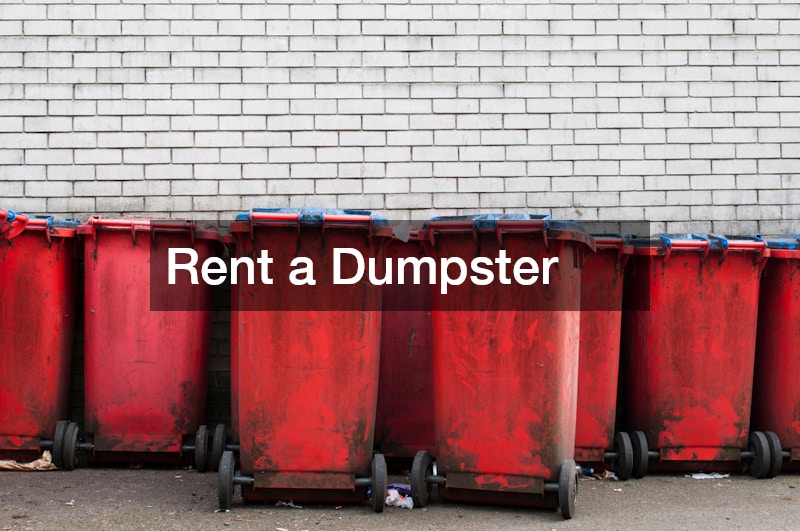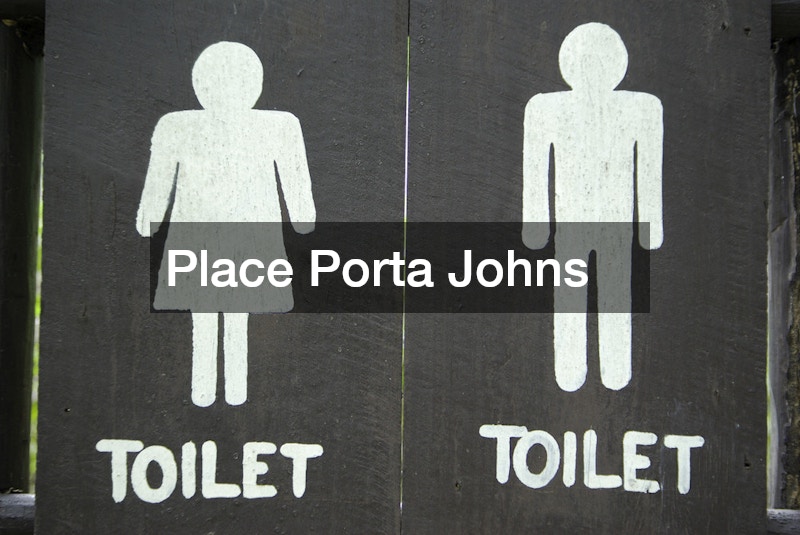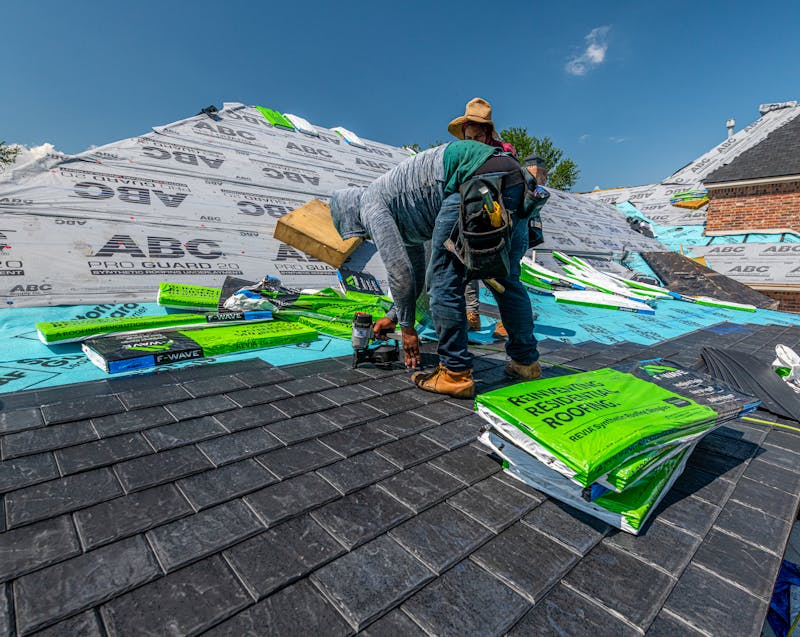Replacing a roof is a major investment, and preparation is essential to ensure a smooth process. Have you considered every detail involved in a roof replacement? From selecting the right materials to hiring qualified professionals, understanding each step can save time, money, and potential headaches. A comprehensive roof replacement checklist helps homeowners navigate this complex project while addressing safety, environmental, and logistical considerations.
The first step in any roof replacement is assessing the current condition of your roof. Identifying signs of wear, water damage, or structural issues helps determine whether a full replacement is necessary or if targeted repairs will suffice. Roofing contractors can provide detailed inspections and recommendations, ensuring homeowners make informed decisions. Choosing durable metal shingles is also critical. These options improve longevity and appearance while impacting energy efficiency and long-term maintenance costs.
Waste management is another crucial factor in a successful roof replacement. Dumpster rental companies and roll-off rental companies provide infrastructure for safely disposing of old roofing materials. Coordinating with metal recycling services can reduce environmental impact while recovering some value from discarded metal. For larger projects, crane services may be needed to lift heavy materials safely onto the roof. On-site conveniences such as porta john rentals maintain hygiene and efficiency throughout the project.
Roof replacement projects carry inherent risks, making safety and legal considerations a priority. Consulting a personal injury attorney can provide guidance in case of accidents or liability issues. Additionally, it is important to inspect the attic for mold before and after work begins. Attic mold can indicate underlying water damage and, if left unaddressed, may compromise the new roof and indoor air quality.
By following a well-organized checklist, homeowners can coordinate each element of a roof replacement, from selecting materials and hiring contractors to managing waste and addressing safety concerns. This guide will cover every essential step, ensuring your project is completed efficiently, safely, and to the highest standards. From metal shingles to porta john rentals and mold concerns, understanding the full scope of a roof replacement helps avoid surprises and guarantees a durable, functional, and aesthetically pleasing result.
Assess Roof Needs
A roof replacement requires a thorough understanding of the current condition of your roof. Homeowners should inspect for cracked shingles, water stains, sagging areas, or other visible damage. Weather, age, and structural issues all contribute to the overall health of a roof. A detailed assessment ensures that a replacement is necessary and helps determine the type of roofing materials required. Professional inspections provide an objective evaluation, preventing unnecessary expenditures on minor repairs that may not resolve underlying problems.
Specifically, inspecting your roof involves checking shingles, flashing, gutters, and attic spaces. Look for signs of rot, leaks, and storm damage. Documenting these issues helps roofing contractors create a comprehensive replacement plan. Measuring the roof accurately is also essential to estimate materials and labor costs. This step ensures a roof replacement addresses both functional and aesthetic requirements, providing long-term protection for your home.
Hire a Contractor

Hiring experienced roofing contractors is crucial for the success of any roof replacement. Professionals bring knowledge, safety protocols, and expertise that homeowners rarely possess. The right contractor can provide recommendations on materials, timelines, and cost-effective solutions, while also adhering to local building codes and manufacturer warranties. A reputable contractor ensures the project is completed on schedule and to industry standards.
In practical terms, selecting a contractor involves reviewing credentials, checking references, and verifying insurance coverage. Obtain multiple quotes to compare pricing and services. Interview potential contractors to understand their approach, timeline, and experience with similar projects. A clear contract specifying payment schedules, scope of work, and warranties minimizes misunderstandings and provides legal protection. Properly vetted roofing contractors ensure the roof replacement is efficient, safe, and of high quality.
Choose Metal Shingles
Metal shingles offer exceptional durability, energy efficiency, and aesthetic appeal, making them an increasingly popular choice for roof replacements. Unlike traditional asphalt shingles, metal shingles are resistant to extreme weather conditions, including heavy rain, snow, and high winds. They also offer fire resistance and are less prone to damage from pests or mold, providing long-term protection for your home. The variety of styles, colors, and finishes available allows homeowners to match their roof to their home’s architectural style, enhancing curb appeal and potentially increasing resale value. Additionally, metal shingles are reflective, which can reduce heat absorption, help maintain cooler indoor temperatures, and lower energy costs over time.
Specifically, when selecting metal shingles, homeowners should carefully consider several factors. The thickness of the shingle affects durability and resistance to impacts, while protective coatings can prevent rust and corrosion in harsh climates. Different metals, such as aluminum, steel, and copper, offer distinct advantages: aluminum is lightweight and corrosion-resistant, steel is strong and cost-effective, and copper provides long-lasting elegance and natural patina over time. Warranty coverage is another critical consideration, as longer warranties often reflect higher-quality materials. Proper installation is essential to prevent leaks, wind damage, and premature wear. Working with roofing contractors who specialize in metal shingles ensures that panels are correctly aligned, fastened, and sealed according to manufacturer specifications. They can also provide guidance on maintenance practices, such as inspecting fasteners, cleaning debris, and addressing minor scratches or dents before they develop into larger problems. By taking the time to select the right metal shingles and ensuring expert installation, homeowners can enjoy a roof that is both beautiful and long-lasting, offering peace of mind and long-term value.
Rent a Dumpster

Roof replacements generate significant waste, including old shingles, nails, wood, and packaging materials. Renting from a dumpster rental company simplifies disposal and keeps the worksite organized and safe. Having an on-site dumpster reduces trip frequency to landfills, saves labor time, and ensures compliance with local disposal regulations. Planning for waste management is an integral part of the roof replacement checklist.
In practice, selecting a dumpster requires estimating the volume of debris and choosing the appropriate size. Consider access points, placement, and pickup schedules. Some dumpster rental companies offer flexible rental periods, which is particularly useful for larger or multi-day projects. Coordinating with your contractor ensures that debris is safely collected and disposed of, keeping the roof replacement project on track and the site hazard-free.
Recycle Old Metal
Recycling old roofing materials, particularly metal, is an environmentally responsible step in roof replacement. Metal recycling reduces landfill waste and can provide some financial return, depending on the material’s type and its condition. Many homeowners are unaware that discarded metal shingles, flashing, and gutters can be repurposed for new construction or manufacturing purposes, contributing to a circular economy.
Specifically, separating metals from other roofing debris is essential for recycling. Copper, aluminum, and steel are valuable and can often be sold to local recycling centers. Work with your contractor to identify recyclable materials during the tear-off process. Proper preparation and handling prevent contamination and maximize the environmental and financial benefits of metal recycling.
Book Crane Services

For larger or multi-story homes, crane services may be necessary to safely transport roofing materials to the roof. Cranes help prevent damage to landscaping and structures, reduce worker strain, and increase efficiency on challenging job sites. Planning crane services in advance ensures the project timeline remains on schedule and avoids costly last-minute rentals or delays.
Specifically, when arranging crane services, consider the size of the equipment, site accessibility, and the weight of roofing materials. Scheduling delivery times to coincide with material arrival minimizes on-site clutter. Licensed crane operators ensure safety and compliance with local regulations, allowing roofing contractors to install materials efficiently and securely.
Consult an Attorney
Roof replacement projects carry inherent risks, from falls and equipment accidents to damage to surrounding property. Consulting a personal injury attorney before work begins helps homeowners understand liability issues, insurance coverage, and legal protections. Early legal guidance ensures that all parties are aware of responsibilities and obligations, reducing the likelihood of disputes or costly mistakes. By addressing potential legal concerns in advance, homeowners can focus on the project itself, confident that they have a plan in place if issues arise.
Specifically, a personal injury attorney can review contracts with roofing contractors to ensure clauses related to liability, insurance, and indemnification are clear and enforceable. They can advise homeowners on strategies to mitigate risk, such as requiring proper insurance coverage from contractors or implementing safety protocols on-site. If an accident occurs—whether a worker is injured, a visitor slips on debris, or property is damaged—the attorney can guide homeowners through insurance claims, potential settlements, or litigation. They can also help interpret local regulations and building codes that may affect liability. Proactively engaging legal support provides peace of mind and strengthens safety practices, ensuring the roof replacement proceeds smoothly while minimizing exposure to legal complications. By including this step in a comprehensive roof replacement checklist, homeowners protect themselves, their investment, and everyone involved in the project.
Place Porta Johns

On-site sanitation is an often-overlooked detail in roof replacement projects. Porta john rentals provide convenient, hygienic restroom facilities for workers, ensuring productivity and safety throughout the project. Proper planning for porta john placement prevents disruptions and maintains compliance with health and safety standards.
Specifically, choosing the right number and location of porta johns depends on crew size, project duration, and site accessibility. Ensuring regular cleaning and maintenance during the project prevents odors, contamination, and worker dissatisfaction. This small but essential step contributes to a smoother and more organized roof replacement process.
Check for Attic Mold
Attic mold is a serious concern during roof replacement, as it indicates moisture intrusion that can compromise the roof structure and indoor air quality. Inspecting for attic mold before and after installation ensures any underlying issues are addressed, protecting both the home and occupants’ health. Early detection prevents long-term damage and costly remediation.
Specifically, checking for attic mold involves examining insulation, rafters, vents, and roofing underlayment for signs of water damage or fungal growth. Address leaks, condensation, and ventilation problems promptly. Removing mold safely and correcting the root cause ensures that the new roof performs optimally and that the attic environment remains safe and dry.
Use Roll-Off Rentals
A roll off rental company simplifies debris management during roof replacement, providing containers for quick, organized removal of construction waste. Using these services keeps the site clean, reduces hazards, and streamlines the disposal process. Roll-off rentals complement dumpster rentals by offering flexible options for large projects or extended timelines.
Specifically, choosing a roll-off container involves determining the proper size, scheduling pickups, and ensuring compliance with weight limits and disposal regulations. Contractors can help coordinate the placement and timing to match the project’s workflow. Proper use of roll-off rentals keeps roofing debris contained, prevents delays, and promotes a safer, more efficient replacement project.
A roof replacement is a multifaceted project that demands careful planning, coordination, and attention to detail. Following a thorough checklist ensures that each aspect of the process, from material selection to waste management and safety protocols, is addressed efficiently. Homeowners should start by assessing roof replacement needs, inspecting for damage, and determining whether a full replacement is necessary. Engaging qualified roofing contractors guarantees professional guidance, proper installation, and adherence to industry standards, ensuring a durable, long-lasting roof.
Selecting the right materials, such as metal shingles, enhances durability, energy efficiency, and curb appeal. Waste management is equally important, with dumpster rental companies and roll-off rental companies facilitating safe disposal of old materials. Coordinating with metal recycling services further reduces environmental impact while providing potential financial returns. Large projects may require crane services to lift heavy materials, and on-site amenities like porta john rentals keep workers productive and maintain hygiene standards.
Safety and legal considerations cannot be overlooked. Consulting a personal injury attorney provides clarity regarding liability and insurance coverage, helping homeowners navigate potential risks during construction. Attention to attic mold is also critical. Inspecting for and addressing mold prevents long-term damage, protects indoor air quality, and ensures the new roof performs optimally.
Proper planning, coordination, and execution across all these areas create a seamless roof replacement experience. From assessing needs and hiring contractors to selecting metal shingles, managing debris, using roll-off rentals, and addressing attic mold, each step contributes to a safe, efficient, and high-quality project. A detailed roof replacement checklist helps homeowners avoid unexpected issues, control costs, and achieve the best possible results.
By following this comprehensive guide, homeowners can confidently manage every element of a roof replacement. From materials and logistics to safety and environmental responsibility, understanding each component ensures a smooth process. With careful attention to detail, a roof replacement can enhance the home’s value, provide long-term protection, and give peace of mind. This checklist covers everything from metal shingles to porta john rentals and mold concerns, ensuring a complete, safe, and successful roof replacement.




